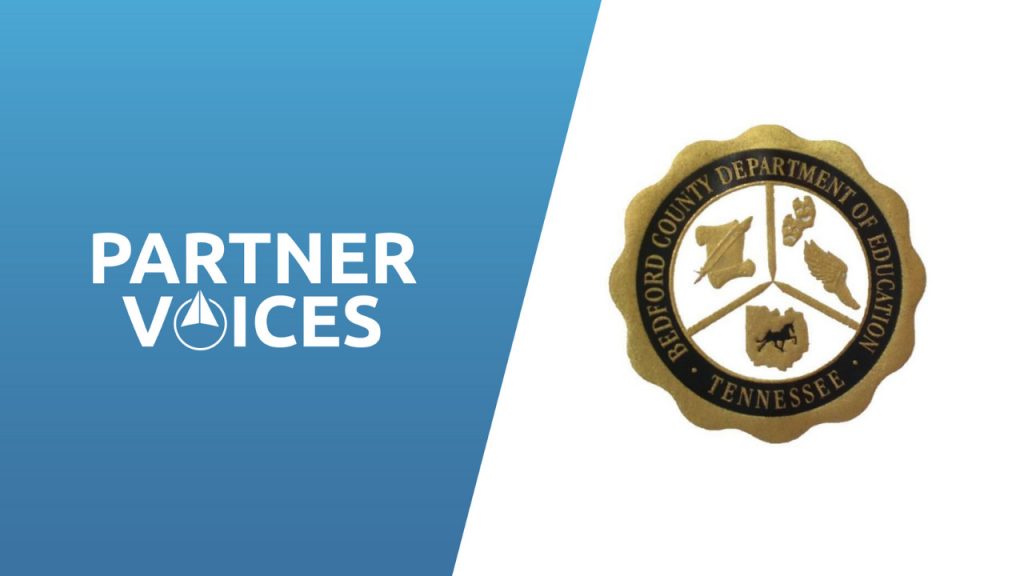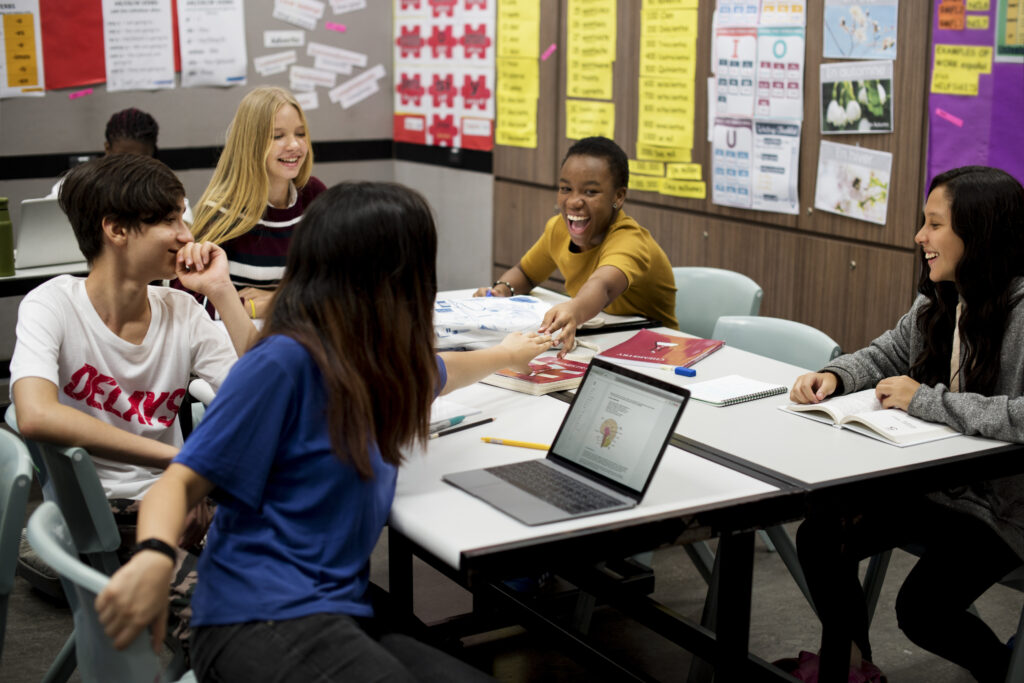
Partner Voices: East Side Elementary School
During the 2020–21 school year we partnered with Layne Talbott, principal of East Side Elementary in Bedford County Schools, a small rural district in Tennessee. Talbott was looking for ways to empower her teachers to become instructional leaders. She reflects, “I knew that I had a great leadership team, but I also knew that I needed help to push them outside of their comfort zone and push them to be leaders in their individual grade levels.”
After our initial walkthroughs and conversations, as well as root cause analysis, we articulated an initial change idea: Train PLC leaders to understand how unit internalization, lesson preparation, and student work analysis look in practice—from the tools, systems, and structures leaders need to bring this to life, to ways to get others invested in this approach.
Leveraging our four professional learning strategies for transforming professional learning communities (PLCs) , as well as rapid improvement cycles to co-create purposeful systems and tools, our team helped Principal Talbott solidify protocols and procedures to support purposeful, data-driven PLCs and teacher leadership committees.
With a focus on student outcomes, leadership teams are now using data to understand and meet students’ needs. “I feel like Instruction Partners helped me be more intentional about looking at the data pieces that really matter—the pieces that are really going to help drive instruction that will change student outcomes,” shares Talbott.
Watch our Partner Voices video interview with school leader Layne Talbott.
East Side Elementary leaders will continue to focus on student work and outcomes during the 2021–22 school year. “We’ve got a work-in-progress with a data tracker that will really help me focus on each individual student,” says Talbott, “. . . and help my whole leadership team understand what the students’ needs are—whether it be academics, or attendance, or social-emotional learning—and how those all work together.”


